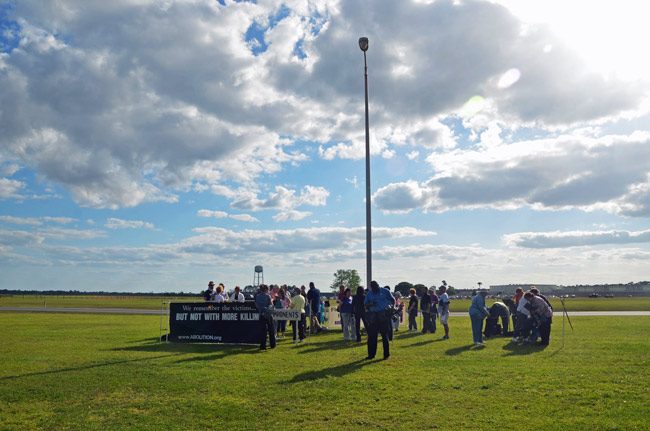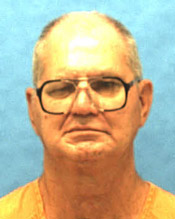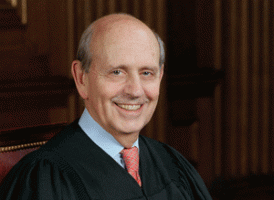
Henry Sireci is 68. He’s been on Death Row in Florida for 40 years following the robbery and stabbing to death of used-car dealer Howard Poteet in Orlando on Dec. 3, 1975. Sireci attacked Poteet in the sales office, stabbed him 55 times, cut his throat, then stole his wallet, according to court papers. He was sentenced on Nov. 15, 1976, and again on May 4, 1990, after an appeal led to a new sentencing hearing following the issuance of a death warrant in 1986. Sireci was again sentenced to death, and again went through a series of appeals.
On Monday, the United States Supreme Court refused to take up what would be his final appeal. That would normally clear the way for Gov. Rick Scott to sign his death warrant again, and for the execution to be scheduled at Starke prison. But no executions have taken place in Florida since January because the state’s death-penalty law has been mired in uncertainty since the Florida Supreme Court declared the state’s death penalty trial methods unconstitutional.

Breyer’s opinion is reproduced below, without the legal citations usually interspersed in the text, so as to make the reading smoother. But the citations have been hyperlinked in most case, and the original opinion, with citations, is here or below.
![]()
Henry Sireci, the petitioner, was tried, convicted of murder, and first sentenced to death in 1976. He has lived in prison under threat of execution for 40 years. When he was first sentenced to death, the Berlin Wall stood firmly in place. Saigon had just fallen. Few Americans knew of the personal computer or the Internet. And over half of all Americans now alive had not yet been born.
Forty years is more time than an average person could expect to live his entire life when America constitutionally forbade the “inflict[ion]” of “cruel and unusual punishments.” This Court, speaking of a period of four weeks, not 40 years, once said that a prisoner’s uncertainty before execution is “one of the most horrible feelings to which he can be subjected.” I should hope that this kind of delay would arise only on the rarest of occasions. But in the ever diminishing universe of actual executions, I fear that delays of this kind have become more common. The number of yearly executions has fallen from its peak of 98 in 1999 to 19 so far this year, while the average period of imprisonment between death sentence and execution has risen from 12 years to over 18 years in that same period.

As I and other Justices have previously pointed out, individuals who are executed are not the “worst of the worst,” but, rather, are individuals chosen at random, on the basis, perhaps of geography, perhaps of the views of individual prosecutors, or still worse on the basis of race. (“These death sentences are cruel and unusual in the same way that being struck by lightning is cruel and unusual. For, of all the people convicted of [death-eligible crimes], many just as reprehensible as these, the[se] petitioners are among a capriciously selected random handful upon who the sentence of death has in fact been imposed.” (See Smith v. Alabama, judge overrode jury’s recommendation of a life sentence, this Court, by an equally divided vote, denied a stay of execution).
I have elsewhere described these matters at greater length, and I have explained why the time has come for this Court to reconsider the constitutionality of the death penalty. Cases such as the ones discussed here provide additional evidence that it is important for us to do so. I would grant this petition for certiorari, as I would in Broom v. Ohio, and Smith, and include this question.
![]()
Click to access stephen-breyer-capital-punishment.pdf





























Leave a Reply